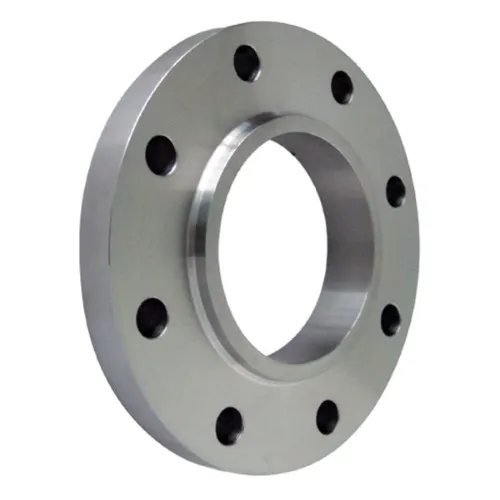-
Cangzhou Yulong Steel Co., Ltd.
-
Phone:
+86 13303177267 -
Email:
admin@ylsteelfittings.com
- English
- Arabic
- Italian
- Spanish
- Portuguese
- German
- kazakh
- Persian
- Greek
- French
- Russian
- Polish
- Thai
- Indonesian
- Vietnamese
- Zulu
- Korean
- Uzbek
- Hindi
- Serbian
- Malay
- Ukrainian
- Gujarati
- Haitian Creole
- hausa
- hawaiian
- Hebrew
- Miao
- Hungarian
- Icelandic
- igbo
- irish
- Japanese
- Javanese
- Kannada
- Khmer
- Rwandese
- Afrikaans
- Albanian
- Amharic
- Armenian
- Azerbaijani
- Basque
- Belarusian
- Bengali
- Bosnian
- Bulgarian
- Catalan
- Cebuano
- China
- China (Taiwan)
- Corsican
- Croatian
- Czech
- Danish
- Esperanto
- Estonian
- Finnish
- Frisian
- Galician
- Georgian
- Kurdish
- Kyrgyz
- Lao
- Latin
- Latvian
- Lithuanian
- Luxembourgish
- Macedonian
- Malgashi
- Malayalam
- Maltese
- Maori
- Marathi
- Mongolian
- Myanmar
- Nepali
- Norwegian
- Norwegian
- Occitan
- Pashto
- Dutch
- Punjabi
- Romanian
- Samoan
- Scottish Gaelic
- Sesotho
- Shona
- Sindhi
- Sinhala
- Slovak
- Slovenian
- Somali
- Sundanese
- Swahili
- Swedish
- Tagalog
- Tajik
- Tamil
- Tatar
- Telugu
- Turkish
- Turkmen
- Urdu
- Uighur
- Welsh
- Bantu
- Yiddish
- Yoruba

Dec . 30, 2024 01:52 Back to list
API 5L PSL2 Specification Overview for Pipeline Construction and Design Standards
Understanding the API 5L PSL2 Specification
The API 5L specification, established by the American Petroleum Institute (API), is a widely recognized standard that governs the specifications for seamless and welded steel line pipe used in the transportation of oil, gas, and water in the petroleum and natural gas industries. Among its various classifications, the API 5L PSL2 (Product Specification Level 2) plays a significant role in providing enhanced performance characteristics, making it essential for a diverse range of applications.
Key Features of API 5L PSL2
API 5L PSL2 encompasses various key features that distinguish it from its counterpart, PSL1. The primary difference lies in the additional quality requirements and performance specifications stipulated in PSL2, including pipe manufacturing processes, mechanical properties, and testing requirements. This level of specification tends to provide greater assurance of reliability, particularly in projects involving high pressure or hazardous environments.
1. Chemical Composition API 5L PSL2 has more stringent requirements regarding the chemical composition of the steel. This limits certain unwanted elements and ensures a higher purity level, crucial for maintaining the integrity of the piping system over time.
2. Mechanical Properties The specification outlines enhanced mechanical properties for PSL2 pipes, such as yield strength, tensile strength, and elongation standards. These requirements guarantee that the pipes can withstand higher stresses and strains without failure, making them suitable for more demanding environments.
3. Testing Procedures Under API 5L PSL2, comprehensive testing methods are mandated, including non-destructive tests. These ensure that every length of the pipe meets the required specifications. For instance, mechanical testing and impact testing are conducted to evaluate how well the pipes will perform under various conditions.
api 5l psl2 specification

4. Dimensional Tolerances PSL2 pipes must adhere to strict dimensional tolerances, ensuring uniformity in the diameter, wall thickness, and other critical dimensions. This precision is vital for the seamless joining of pipes during installation, minimizing the risks of leaks or failures.
5. Coating and Finishing The standard also provides guidelines for surface finishes and protective coatings to enhance the durability and lifespan of the pipes. This is critical to prevent corrosion, especially in environments where direct exposure to moisture or chemicals is expected.
Applications of API 5L PSL2
The robust nature of API 5L PSL2 makes it ideal for various applications, notably in the oil and gas sector. These pipes are used in pipelines that transport crude oil, natural gas, and other liquids over long distances. Moreover, their ability to withstand high pressure and extreme temperatures makes them suitable for offshore drilling operations and sub-sea pipelines, where conditions are often harsh.
API 5L PSL2 pipes also find applications in water supply and sewage systems, as their reliability is crucial in ensuring that these essential services remain uninterrupted. Additionally, they are often utilized in the construction industry, particularly in infrastructure projects where structural integrity is paramount.
Conclusion
In summary, the API 5L PSL2 specification is essential for ensuring the safety, reliability, and efficiency of pipelines in various industries. Its rigorous standards for chemical composition, mechanical properties, and testing requirements empower engineers and operators to trust in the integrity of their piping systems. As global infrastructure demands increase, adhering to specifications like API 5L PSL2 will remain fundamental to maintaining operational excellence in the transportation of fluids.
Latest news
-
ANSI 150P SS304 SO FLANGE
NewsFeb.14,2025
-
ASTM A333GR6 STEEL PIPE
NewsJan.20,2025
-
ANSI B16.5 WELDING NECK FLANGE
NewsJan.15,2026
-
ANSI B16.5 SLIP-ON FLANGE
NewsApr.19,2024
-
SABS 1123 FLANGE
NewsJan.15,2025
-
DIN86044 PLATE FLANGE
NewsApr.19,2024
-
DIN2527 BLIND FLANGE
NewsApr.12,2024
-
JIS B2311 Butt-Welding Fittings LR/SR 45°/90° /180°Seamless/Weld
NewsApr.23,2024











